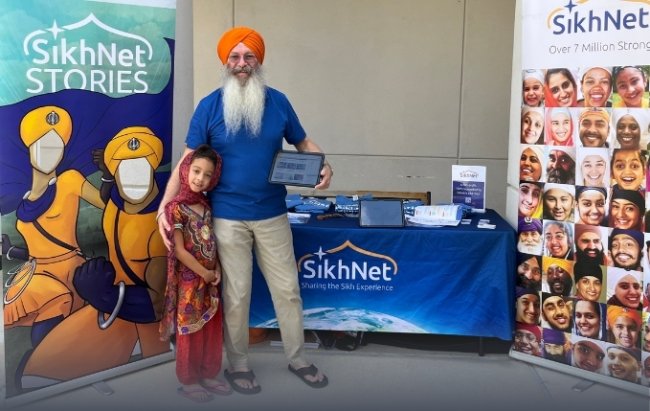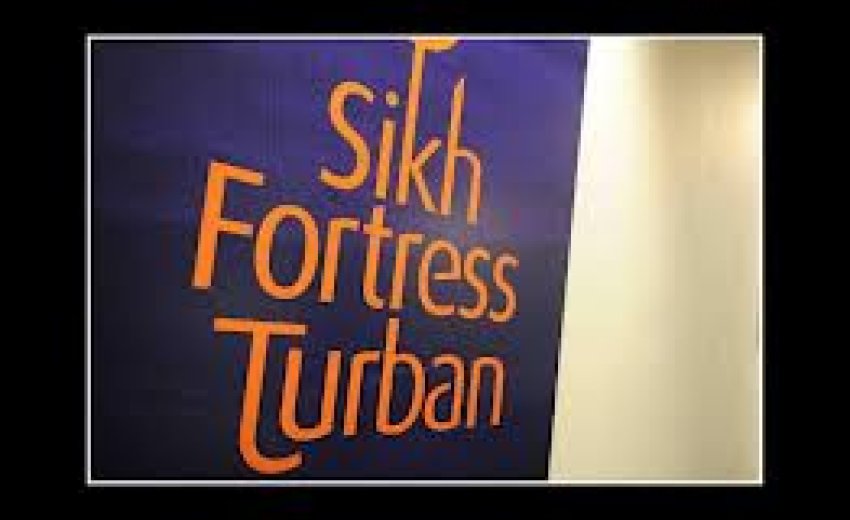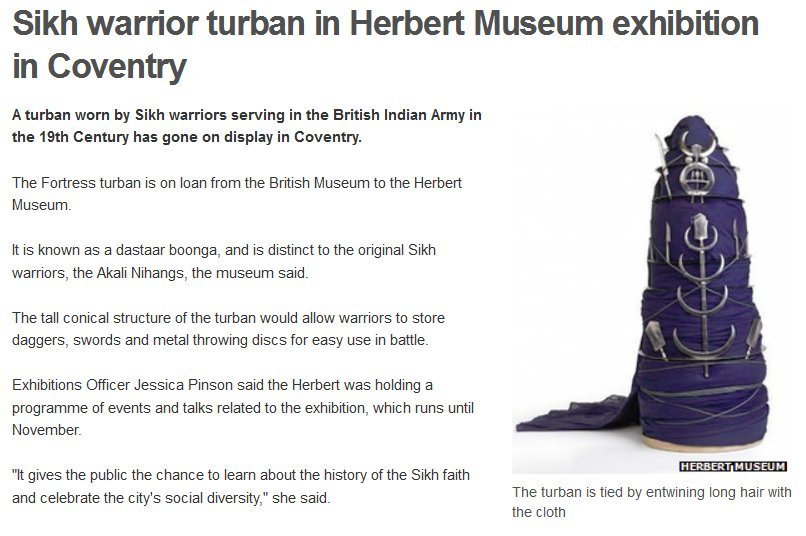 |
|
| Channel Talking Objects Sikh fortress turban A group of young people from the Sikh Educational Council come together to explore and learn about the Sikh fortress turban, Dastar Boonga, at the British Museum. Source |
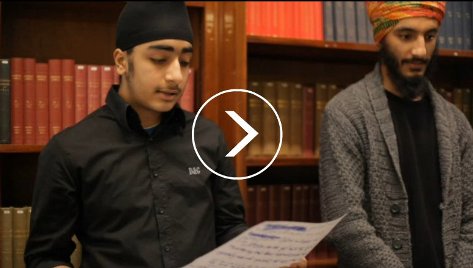 |
#####
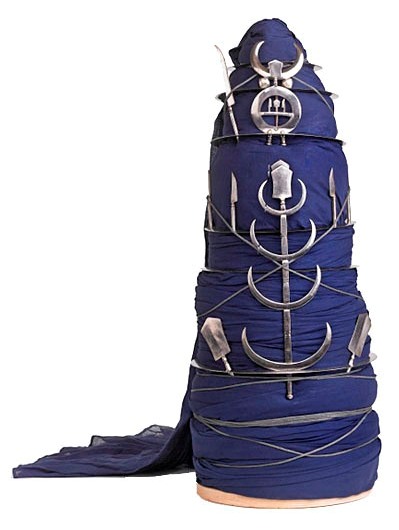 Sikh fortress turban
Sikh fortress turban
This Sikh fortress turban is a rare object of which only five exist in Britain. This particular one is wrapped around a wooden cone and was made for a ceremonial purpose rather than every day wear.
Sikhism is a monotheistic faith founded by Guru Nanak in AD 1469. The key principles of the faith include the belief in a Universal god and the equality of all human beings. The turban has always been integral to Sikh tradition, representing dedication to the faith and providing protection for the uncut hair.
This turban is known as a Dastar Boonga or turban fortress, which is a type distinct to the Sikh warrior tradition. Its tall conical structure is very much like a tower or fortress and made it effective in battle, protecting both the hair and head from sword blows.
It is tied by entwining the long hair with the turban cloth which can be up to 20 yards long. Ornaments such as steel quoits and small daggers were secured to it by winding long lengths of plaited steel around the turban to provide further protection.
The Dastaar Boonga was and continues to be worn by the Akali-Nihangs.
Religious persecution under the Mughal Empire (1526-1858) in India led to the development of a Sikh martial tradition. The Akalis (Immortals) were the original Sikh warriors raised by the sixth Sikh Guru (Guru Har Gobind). The Akali often, referred to as Akali-Nihang, is a dedicated believer in Akal, meaning the timeless one (God).
The primary function of the Akali army was to defend Sikhism against the then oppressive Mughal Empire. Sikhs were encouraged to live a knowledgeable, wise and spiritual life while engaging in warfare to defend and protect the oppressed. This concept of ‘Saint Soldier’ remains the underlying principle of Sikh warriors.
Akal-Nihangs wore dark blue clothes, iron bangles around their wrists and steel quoits in their tall conical blue turbans, together with swords, daggers and tiger claws. Today the Akali Nihangs mostly exist in areas of the Punjab and still observe the original Sikh martial traditions.
The ornaments on this turban include a modified Rattray Battalion badge, which suggests it may have associations with the British Army battalion raised in January 1856 by Captain Thomas Rattray.
It has been in the British Museum collection since the early twentieth century, and in 1900 was displayed at the Banqueting House, Westminster as part of a ‘Relics of Old Wars’ exhibition.
Turbans such as this were collected by generals of the British army in the late nineteenth century as examples of Indian art and culture and would have been specially made for the British market.
#####
Sikh Fortress Turban: A British Museum Tour
at the Herbert Art Gallery and Museum
By Culture24 Reporter | 22 August 2013
Source
Exhibition preview: Sikh Fortress Turban:
A British Museum Tour, Herbert Art Gallery and Museum, Coventry,
August 24 – November 17 2013
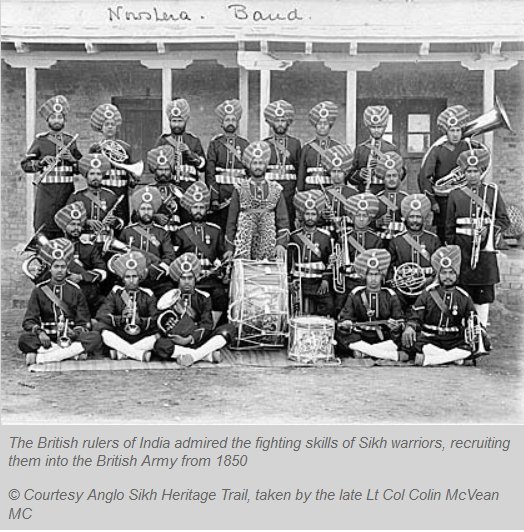
Distinct to the original Sikh warriors of the Akali Nihangs, the impenetrable fortress turban – sent to Coventry having been held by the British Museum for around a century – has a tall, conical structure.
Protecting both the hair and the head in battle, its look replicates a defensive tower. Its cloth can stretch as long as 20 yards, with the ornamental embellishments on this particular model featuring the Rattray Battalion badge of the British Army squad led by Captain Thomas Rattray in 1856 Lahore.
Given its exotic allure more than 150 years on, it’s little surprise to learn that army generals would bring back these turbans as exquisite examples of Indian art and culture, spawning demand for replicas among collectors.
Jessica Pinson, the Herbert’s Exhibitions Officer, says curators feel “privileged” to display an artefact simultaneously symbolising Sikh history and the social diversity of the city. A programme of special events and talks have also been devised.
More pictures:
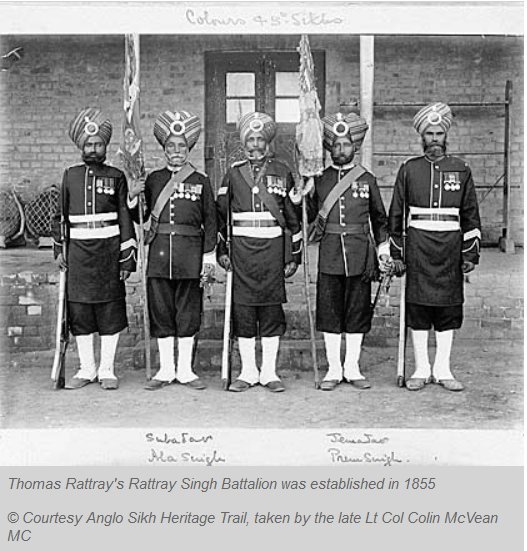
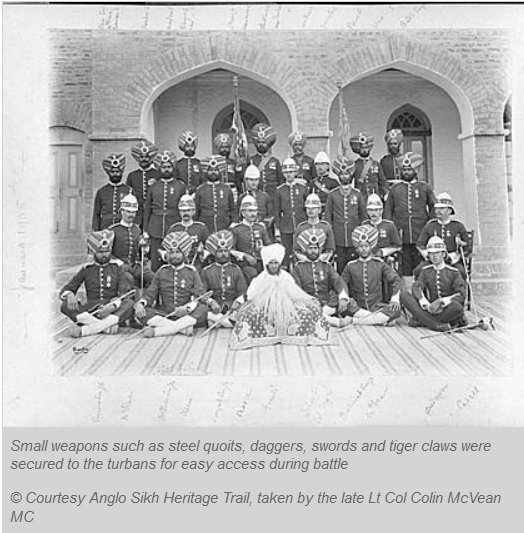
- Open 10am-4pm (12pm-4pm Sunday). Admission free. Follow the gallery on Twitter @The_Herbert.
#####
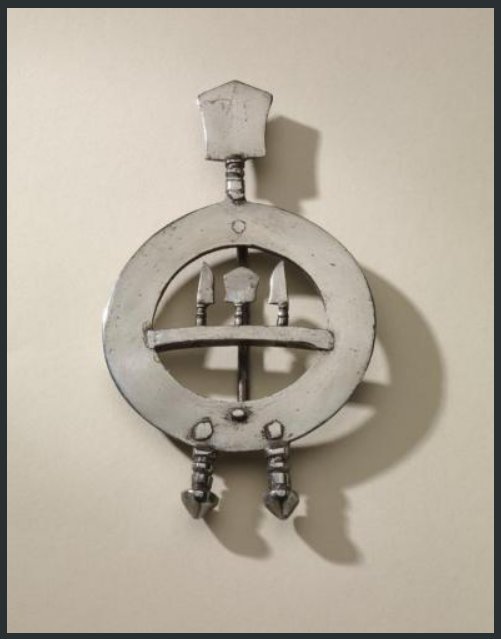
Sikh Fortress Turban: A British Museum Tour
Saturday 24 August 2013 to Sunday 17 November 2013
Unravel the stories of the Sikh turban and discover how and why turbans symbolise Sikh faith and identity.
The exhibition is centred around a turban known as a Dastaar Boonga or fortress turban, worn by a group of skilled warrior Sikhs called Akali Nihangs. It was used to protect the head in battle and to hold weapons including daggers, swords and metal throwing discs.
There is a series of talks programmed to accompany this exhibition. Please follow the links below to go to the event pages...... Source
An Illustrated Talk on the Life of Ranjit Singh
Talk - 3rd Battalion Sikh Regiment and Captain Thomas Rattray
